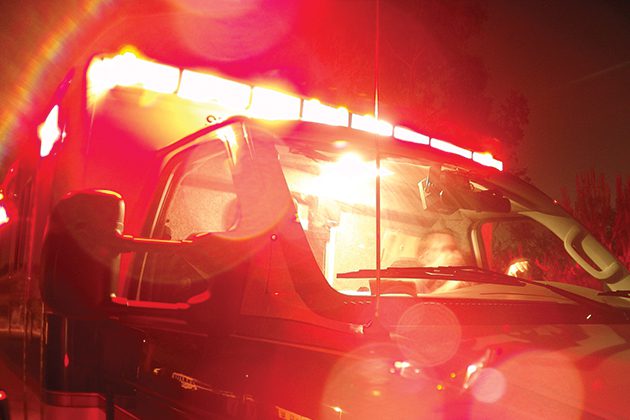This post first appeared on Risk Management Magazine. Read the original article.

Whether natural or man-made, disasters are life-changing events that can leave lasting effects on all involved. While disaster plans rightfully focus on helping the victims of a crisis, there is another aspect of recovery to consider: Who provides support to the people on the front lines of a disaster response? Who helps the helpers?
Check out more from Risk Management on:
Disaster Preparedness
Disaster Recovery
Natural Catastrophes
The physical and emotional stress of a crisis responder’s job can affect both their work and personal lives. However, employers can provide proper training and education to prepare responders for the situations they may experience, the stressors they may feel, and the physical and metal toll it will take on their bodies, and emphasize the importance of seeking assistance for recovery when necessary.
Recognizing Stress
Being thrown into a disaster exposes people to unfamiliar and overwhelming sights that can leave them physically and emotionally drained. This overexposure to stressful situations can lead to compassion fatigue—also known as secondary traumatic stress disorder—which is the gradual lessening of compassion experienced by those aiding people in distress. Responders may experience physical discomfort such as headaches, behavioral issues like increased irritability and feelings of isolation, or psychological signs of anxiety and depression. All of these can be detrimental to response efforts during a crisis, and this turmoil can carry over from their professional lives to their personal lives. A high-level support system that provides counseling, grief support and other resources can help assimilate responders back into their normal lives after a crisis.
Large-scale disasters call for an all-hands approach, which may require responders to take on responsibilities they are not necessarily used to or prepared for. The demand for help may also mean longer hours, increasing the risk of physical and mental fatigue and performance errors. Such intense focus and effort also causes burnout, an accumulation of workforce stressors that occurs over time when the perceived demands that a situation places on an individual outweigh available resources, leading to a sense of powerlessness. It is important for responders to recognize these stressors in themselves and others so they can address stress before it affects performance. Responders and their employers need to stay aware of the symptoms of burnout and establish clear, realistic stress management goals. Training can help reinforce these goals and demonstrate stress management techniques.
Developing Resilient Responders
Crisis responders take many courses on how to react to emergencies and help those in need, but how do they guarantee their own safety? In the emergency management field, the word “resilience” is used to describe the capacity of people, organizations or systems to adapt to changing conditions and rapidly recover from disruption when emergencies occur. Everyone has an innate level of resilience that can be further developed through training. The question is how to ensure first responders incorporate the overall concepts of resilience into their existing emergency planning and preparedness so that they can more effectively bounce back and respond to the next crisis.
For more established first responder groups, such as firefighters, police officers and EMTs, the recruitment process typically incorporates some assessment of psychological stability and resilience. However, this is not always the case for first responders in smaller communities, many of whom are local volunteers, or for temporary staff put in place in a time of need. For all of these individuals, training exercises can help improve resilience. This training can cover topics like incident response, crisis communication, psychological first aid and peer support. Practical exercises using potential crisis scenarios can allow teams to test their response plan in a low-stress environment. Tabletop exercises are an excellent way to identify gaps in the plan and provide team members with the opportunity to review their responsibilities and suggest any necessary improvements.
Timely communication is also necessary to support the resilience of first responders. Before a crisis, having a clearly defined communication strategy, pertinent contact information and an understanding of the overall response strategy is the easiest way to reduce the chaos. To expedite the response and reduce stress, it is critical to understand the chain of command and know who to contact, when, why, and with what information.
It is also important to have an emergency response plan that includes clear task assignments and schedules and incorporates opportunities for regular monitoring and debriefing. Team leaders should monitor and assess the stress levels and emotional and psychological functioning of team members during these briefings. Updates at scheduled times and during end-of-shift discussions will also allow responders to stay informed on the status of the overall operation.
Training and a clearly delineated command and communication structure all help responders stay focused in the heat of a crisis because responders know they are prepared and have support before, during and after a critical event. To further support them after a crisis, organizations should also consider engaging a standalone third-party employee assistance program provider to help create a recovery plan for first responders and their families. EAPs can help ensure responders are supported on both the front line and at home, which will speed their physical and emotional recovery and strengthen their resilience in the aftermath of a disaster.

